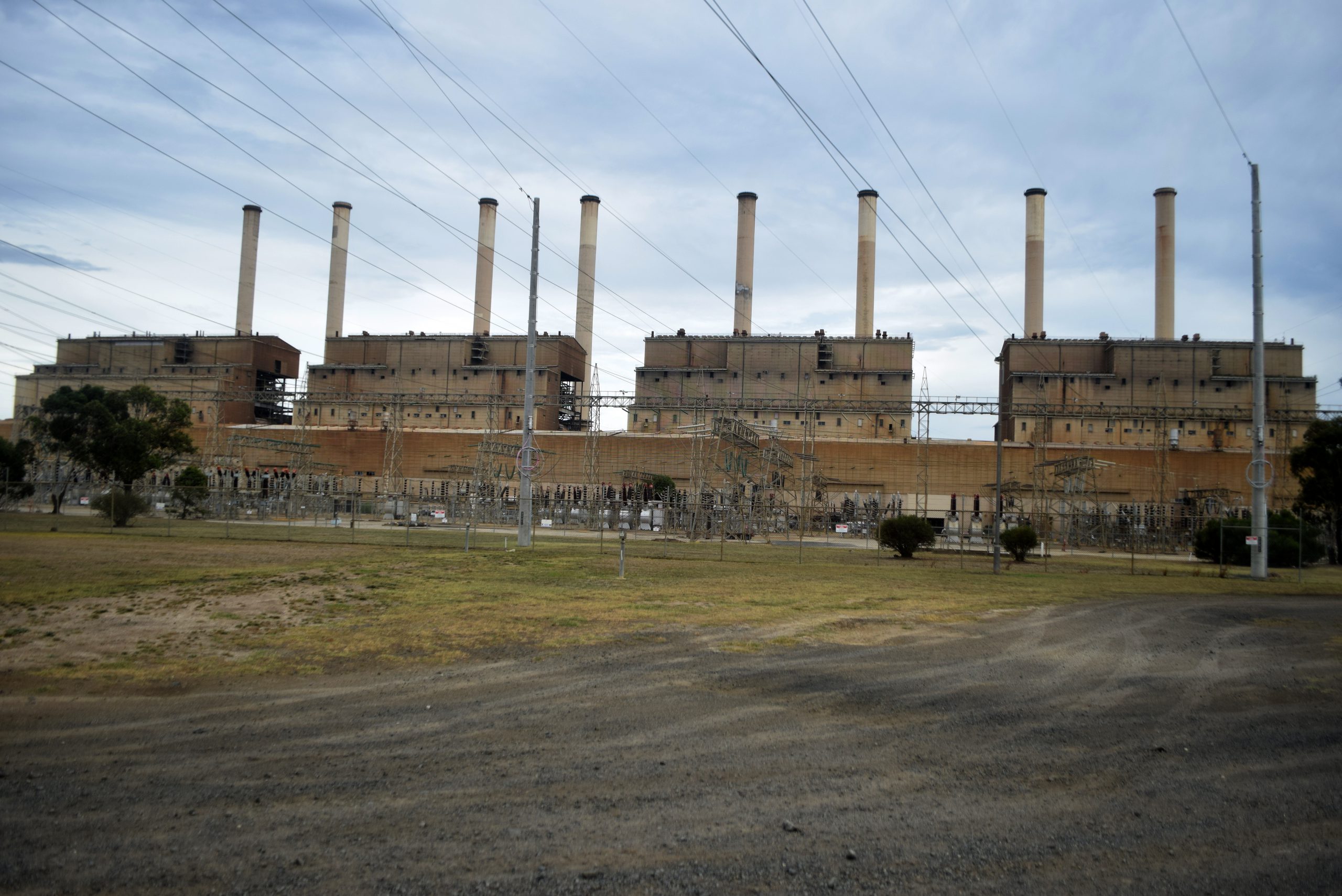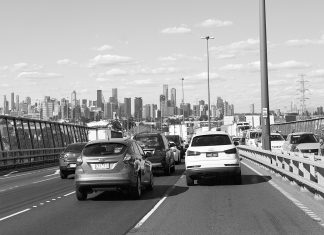Australia’s annual energy sector emissions dropped in the first quarter of 2018 due to the closure of Hazelwood Power Station, according to the latest report from the Australia Institute.
However, transport sector emissions are rising due to more diesel-fuelled vehicles on the road and this almost cancels out all the emissions reductions from electricity generation.
A National Energy Emissions Audit released on Tuesday revealed that electricity emissions had dropped by more than 12 per cent compared to mid-2011.
Audit author Hugh Saddler said the decreased energy emissions over the past quarter resulted from the closure of Hazelwood.
The removal of Hazelwood resulted in a five per cent drop in national emissions since 2011 which was helping to slow down brown coal emissions.
Dr Saddler said fossil fuel use for electricity and transport accounted for nearly three quarters of Australia’s emissions.
The high uptake of diesel-fuelled vehicles was now accounting for half of all petroleum emissions which is 17 per cent more than petrol by volume.
“We’re seeing little if any further reduction in electricity generation emissions,. This, combined with continuing growth in diesel consumption, is likely to cause energy emissions to increase – not reduce,” Dr Saddler said.
The Australia Institute is calling on the federal government for more ambitious emissions reductions targets of 40 to 55 per cent by 2030.
“Improving electricity efficiency and replacing coal with renewables is the cheapest way to cut national emissions, yet the National Energy Guarantee’s 26 per cent target seeks to reverse this,” Dr Saddler said.
Australia Institute climate and energy program director Richie Merzian said although the majority of electricity was still being generated from coal and gas more renewables were coming online.
“The electricity sector is relatively one of the easiest ways to switch over our energy profile as a country and reduce emissions, compared to other sectors,” he said.
“It’s much harder to get our emissions down in either the agriculture or construction sectors. Either way, we must get them down as part of our Paris agreement target.”











